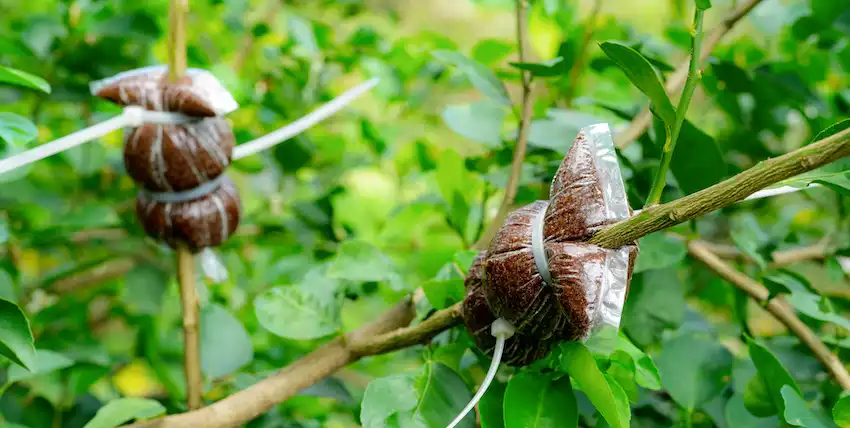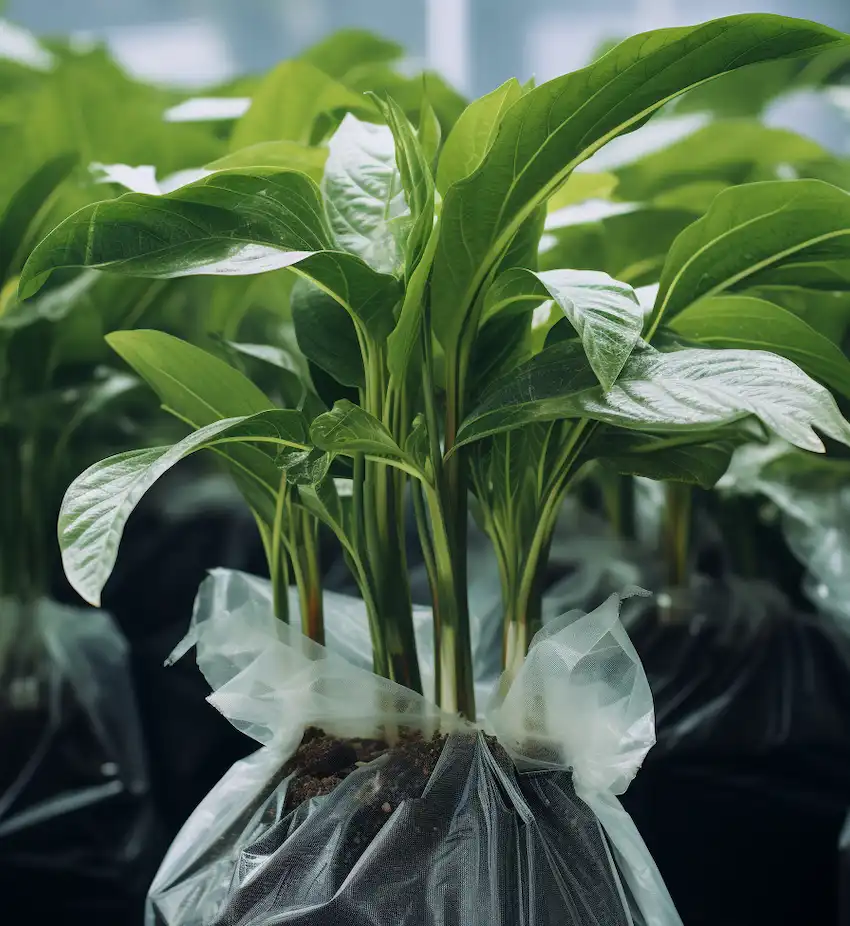Master the Art of Plant Propagation: Layering Techniques Explained
Creating new plants in your garden through layering is both fun and rewarding. Here’s a comprehensive guide to different layering methods:
1. Air Layering:

- Ideal for plants like rubber plants, croton, and azalea.
- Involves wounding a section of the stem, usually midway up the trunk, and wrapping it with moist sphagnum moss and plastic wrap.
- After roots develop, the new plant can be cut off and potted.
- Takes a few weeks to several months for roots to form.
2. Simple Layering:
- Works well with climbing roses, forsythia, and honeysuckle.
- Involves bending a stem to the ground, wounding it, and then covering it with soil.
- Roots form on the buried section, and once established, the new plant can be separated from the parent.
3. Tip Layering:
- Suitable for plants like raspberries and blackberries.
- The tip of a flexible stem is buried in a small hole and covered with soil.
- Roots develop at the buried tip, creating a new plant.
4. Compound (Serpentine) Layering:
- Effective for plants with long shoots, such as clematis and grapes.
- Multiple sections of a single stem are buried and rooted at various points.
- Leaves alternate between being buried and exposed.
5. Mound (Stool) Layering:
- Good for heavy-stemmed shrubs and rootstocks like spirea and quince.
- The plant is cut back, and soil is mounded over new shoots.
- Roots develop at the base of the shoots, which can then be separated and planted.
6. Trench Layering:
- Similar to simple layering but involves digging a trench, laying the stem inside, and covering it with soil.
- Good for plants with longer stems that can be laid horizontally in a trench.
Each method has its specific steps and ideal conditions, which can vary depending on the plant species. Remember, early spring is generally the best time for layering, but it can be done successfully at other times of the year for most houseplants. Also, using rooting hormones can significantly enhance the success rate of layering by promoting root formation at the wounded or buried sections of the stem.

Remember to check if the plant you wish to propagate is patented, as propagating patented plants without permission can be illegal. Happy gardening!



















